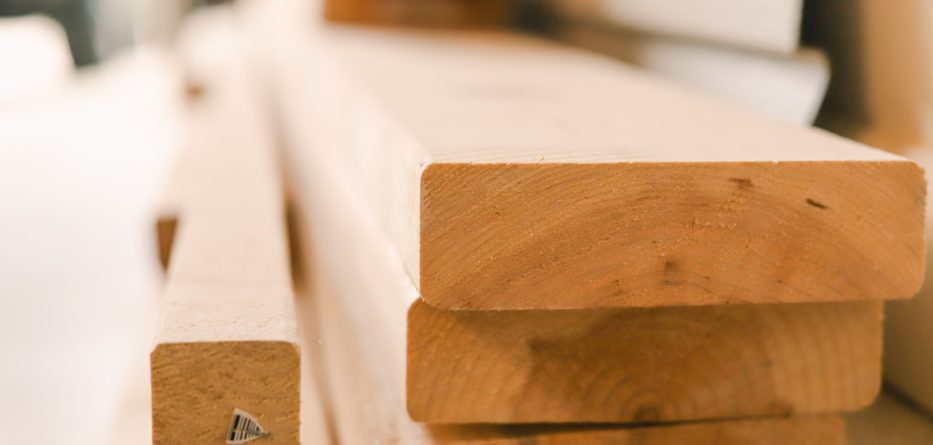Wood is cheaper, but prices remain firm.
Lumber prices have tumbled in the last several months, erasing any gains picked up earlier in the year. Lumber prices were on the upturn at the height of the COVID-19 pandemic, as homeowners experienced an increased interest in home construction and remodeling. However, with the economy gradually opening back up, the interest in remodeling has faded, leaving lumber mills with a surplus of product.
Lumber just keeps cratering pic.twitter.com/ZpNK9TkCDq
— Joe Weisenthal (@TheStalwart) July 16, 2021
From their record high in May, lumber prices have dropped by at least 50%. However, while retailer lumber values are down, customer-side prices have remained exactly where they are.
“As the price declines began grabbing headlines, the price of lumber packages quoted to builders held at record highs,” wrote David Logan, senior economist at the National Association of Home Builders. “In economics jargon, prices paid by builders—or ‘street’ prices—were ‘sticky.’ This dynamic is primarily due to dealers’ inventory carrying costs and potentially large differences between the price at which inventory is bought and sold.”
After a 59% decline, the price of Lumber is now down on the year. It was up over 130% in early May. pic.twitter.com/aLdSyncS7G
— Charlie Bilello (@charliebilello) July 13, 2021
“We are still in a price discovery mode,” said Michael Goodman, director of specialty products at Sherwood Lumber. “Everyone is going to try to hold on as long as they can, but the market is going to find its way. Maybe in the end the price is higher because of inflation, but we are definitely in a housing boom now. That doesn’t seem to be going away.”
Legacy BlackBerry Devices Ending Service
-
Prices dropped in Venezuela, Indonesia, Ecuador, Thailand, and more. Netflix has recently been feeling a major financial squeeze as...
-
The Rochester Regional Joint Board of Workers United filed a formal complaint against Tesla. Earlier this week, a group...
-
Uber is making a comeback from pandemic-era losses. This week, prominent ridesharing company Uber reported their earnings for the...
-
A strong Q4 report and new investments have GM on the right track. This morning, the largest automotive company...
-
The deal is rumored to amount to around $10 billion. This morning, Microsoft announced the latest development in its...
-
Cook’s target pay package will be dropped to $49 million. Tech giant Apple announced today that its CEO, Tim...
-
Even Amazon isn’t immune to the worsening economy. As the global economy remains in the grips of inflation and...
-
Economic woes are affecting the highest echelons of wealth. According to recent statistics released by Forbes, the world’s wealthiest...
-
The bank was fined for “widespread mismanagement” and “illegal activity,” according to the CFPB. Today, financial regulators from the...
-
Store employees are worried layoffs may follow a merger. Recently, two of the largest grocery supermarket chains in the...
-
Despite ongoing concerns, the US job market is moving in the right direction. The United States economy is still...
-
American Airlines will buy 20 supersonic planes from Boom. Recently, commercial air carrier American Airlines and supersonic aircraft manufacturer...




















